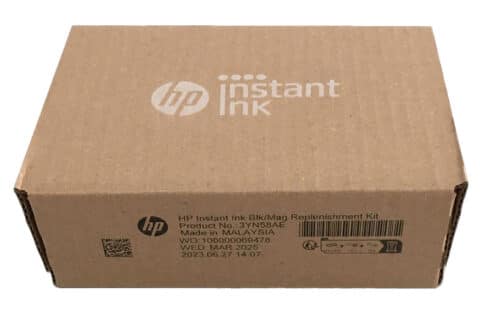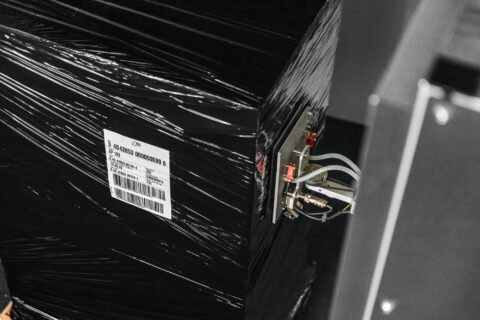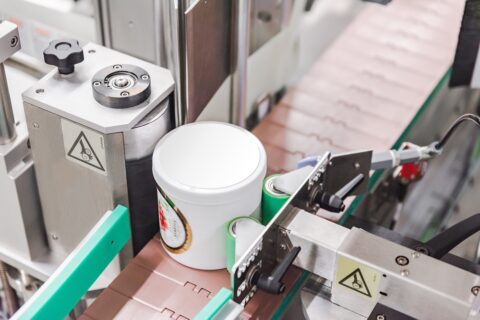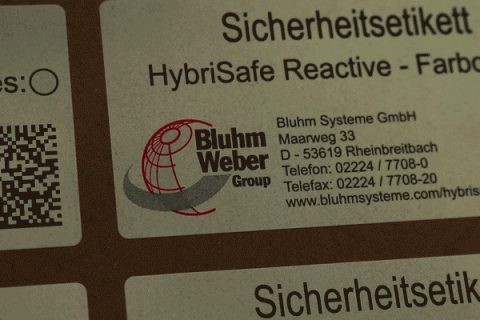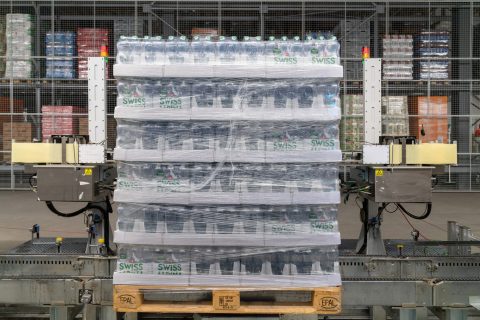3 tips to better understand when you should choose a labeling system instead of a marking one
In the industrial sector, accurate and reliable product identification is essential for ensuring traceability and regulatory compliance. The two main approaches for industrial product identification are labeling and product marking. While both methods offer distinct advantages, in this article, we will explore the primary situations when should you choose a labeling system over a marking one in three steps.
- Flexibility and versatility.
- Detailed information and traceability.
- Updates and customizations.

1. Flexibility and versatility:

Labeling provides extensive flexibility and versatility in choosing labeling media and materials. This is particularly advantageous when working with a wide range of products, including different materials and shapes. For instance, a machine like the Legi-Air 4050B can print and apply labels, and through optical sensors, it automatically adjusts the applicator arm height based on the package dimensions.
Labels can be easily applied and removed, allowing for greater adaptability and the ability to make quick modifications or updates.
On the other hand, marking systems such as direct laser marking or dot marking are more suitable for applications where the permanence and inviolability of identification are crucial.
2. Detailed information and traceability:

Labeling allows for the inclusion of a wide range of information on the labels themselves, such as barcodes, QR codes, and variable data. This provides the opportunity to provide detailed product information, facilitating traceability throughout the entire supply chain.
Labels can contain specific information such as production date, batch number, expiration date, and other crucial details for efficient product management.
3. Updates and customizations:
In an environment where identification requirements can change frequently, labeling provides a significant advantage in terms of updates and customizations. With a labeling system, it is possible to make changes to the labels without directly intervening on the product itself.
This is particularly useful for products that require frequent information updates, such as food products with nutritional labels or pharmaceutical products with dosage instructions.
In conclusion, when is it convenient to choose a labeling system?
Both labeling and marking are valid approaches for the identification of industrial products, but it is important to understand the situations in which choosing a labeling system is more beneficial than a marking system. Labeling stands out for its flexibility, versatility, ability to provide detailed information and traceability, as well as updates and customizations.
Before making a decision, carefully evaluate your specific needs and consider the advantages and limitations of both methods. If you need advice or support in choosing the most suitable identification system for your company, contact our experts at Weber Marking Systems at webermarking.



